High-Speed Optical Transceiver Market Summary
As per MRFR analysis, the High-Speed Optical Transceiver Market Size was estimated at 14.75 USD Billion in 2024. The High-Speed Optical Transceiver industry is projected to grow from 16.22 USD Billion in 2025 to 41.96 USD Billion by 2035, exhibiting a compound annual growth rate (CAGR) of 9.97 during the forecast period 2025 - 2035.
Key Market Trends & Highlights
The High-Speed Optical Transceiver Market is poised for substantial growth driven by technological advancements and increasing demand across various sectors.
- The market experiences rising demand for data centers, particularly in North America, which remains the largest market for optical transceivers.
- Energy efficiency is becoming a focal point, as companies seek to reduce operational costs while enhancing performance in the Asia-Pacific region, the fastest-growing market.
- Advancements in optical technology are propelling the QSFP segment, which is currently the largest, while the QSFP-DD segment is emerging as the fastest-growing category.
- Key market drivers include the increasing internet traffic and the expansion of 5G networks, which are significantly influencing the adoption of 100 Gbps and 400 Gbps transceivers.
Market Size & Forecast
| 2024 Market Size | 14.75 (USD Billion) |
| 2035 Market Size | 41.96 (USD Billion) |
| CAGR (2025 - 2035) | 9.97% |
Major Players
Finisar (US), Lumentum (US), Broadcom (US), Cisco (US), II-VI Incorporated (US), Mellanox Technologies (IL), Nokia (FI), Huawei (CN), ZTE Corporation (CN), Sumitomo Electric Industries (JP)


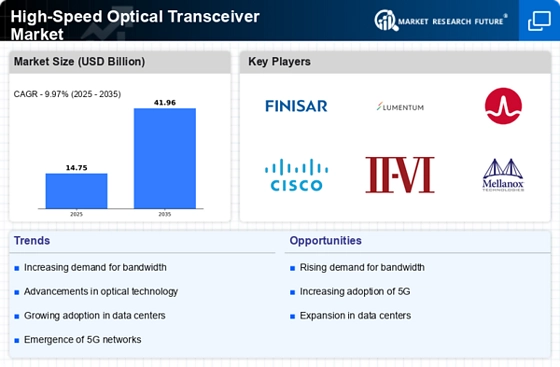
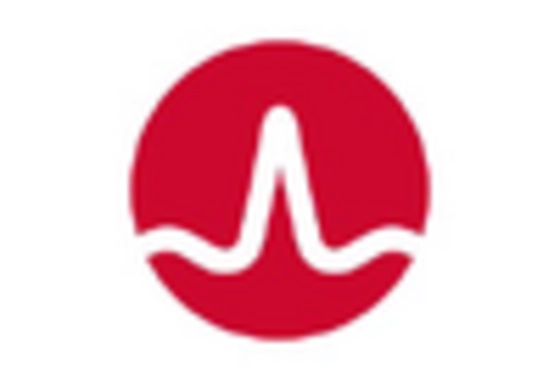

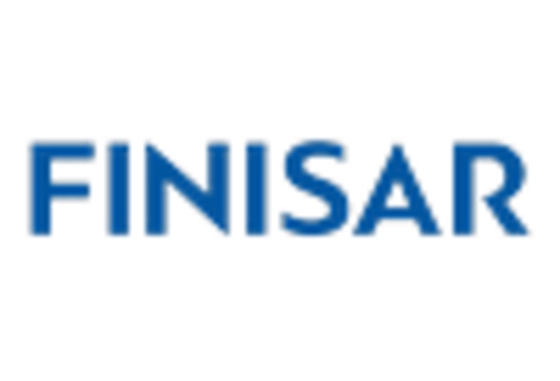
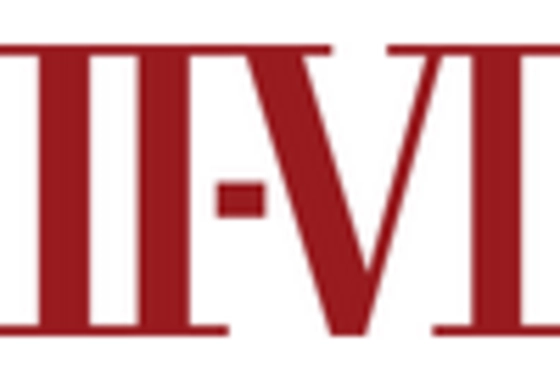
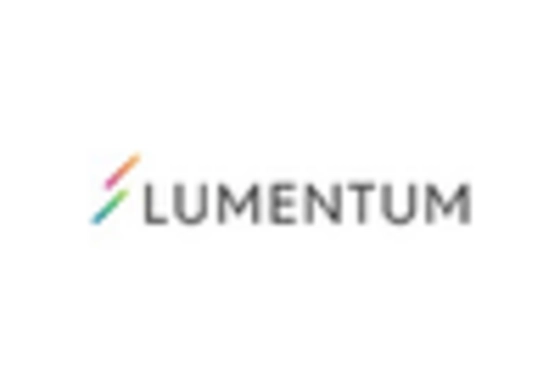
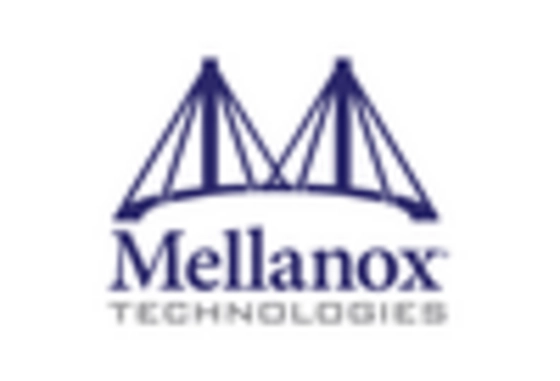








Leave a Comment